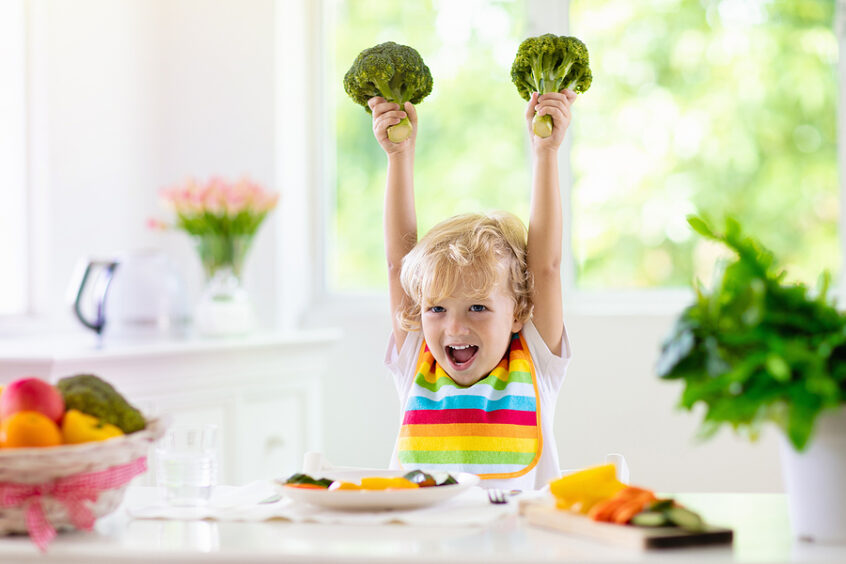Kari Collett, RDN, LDN, CLT with A to Zinc Nutrition, LLC
Back when I was a kid, I remember going to my grandma’s house and hating vegetables (I liked vegetables at home). They were always boiled so long they were nothing but mush. I doubt we even had to chew them before swallowing. Sound familiar?
Not only did those vegetables not taste very good, but they were also not very nutritious. Boiling vegetables for extended periods in water can deplete 50-80% of the nutrients. The length of cooking time and the cooking method can make an enormous difference in the nutritional value of a meal.
Keep cooking time as short as possible.
The longer a food is exposed to heat, the more nutrient loss occurs. In fact, keeping cooking time at or under 5 minutes is ideal to ensure better nutrient quality. Especially when it comes to some vitamins and minerals, the shorter the cook time, the better. Spinach, for example, has the best nutrient retention when cooked for only 1 minute.
One sign of overcooked vegetables is their dull color. Green vegetables have chlorophyl in them that is bright green before cooking. The center of the chlorophyl molecule contains magnesium. When cooked too long, the magnesium gets removed from the center of the chlorophyl cell and is replaced with hydrogen thus changing the color from bright green to olive gray. Safe to say, then, that overcooked vegetables are not a good source of magnesium – a mineral essential for over 300 enzyme functions.
Steam instead of boiling.
Boiling vegetables in water leaches vitamins and minerals out of the food and into the water. The longer and more submerged the vegetables are in the water, the more nutrients seep out. Water soluble vitamins such as vitamins C and the family of B’s are especially vulnerable to being leached and destroyed. Most of the time, people throw the vegetable water out – along with all the nutrients. If you do boil vegetables, consider saving the water to use in soups and stews in the future. If you don’t plan to use the broth right away, freeze it in small containers.
Steaming your vegetables, on the other hand, surrounds the food with steam instead of water and helps to retain more of the valuable nutrients. A few nutrients may be lost into the air. That’s why covering the pan while steaming can retain even more nutrients. Another valuable trick to help reduce heat exposure time is to preboil the water below the steaming basket before adding the vegetables. That way the vegetables aren’t sitting in the pan during the time it takes to heat the water up and may take only a couple of minutes of steaming to reach desired texture.
Cook thoughtfully.
Cooking vegetables carefully by limiting their exposure to water and heat can help limit nutrient loss to as little as 5-10%. That makes them worth eating!
Stir-frying is another option for cooking vegetables that retains nutrients, flavor, and texture. You can mix and match a wide variety of vegetables from any color of the rainbow to increase the nutrient diversity of the dish. Sautéing in broth (such as the vegetable broth mentioned earlier), instead of oil, is yet another option. Whatever nutrients leach into the broth, you’ll consume right along with the vegetable. And don’t forget soup! Soup is the ultimate broth and cooked vegetable mix loaded with nutrients and is easy to digest.
Planning is key.
Planning your meals in advance can help ensure that you have the food on hand, the tools clean and available, and the preparation time to maximize meal potential. And, in my opinion, if the vegetables aren’t cooked to death like Grandma’s, they’ll be nutritious and delicious!
To learn more about optimizing your food plan and health, schedule a free Discovery Call: https://atozincnutrition.com/schedule/

